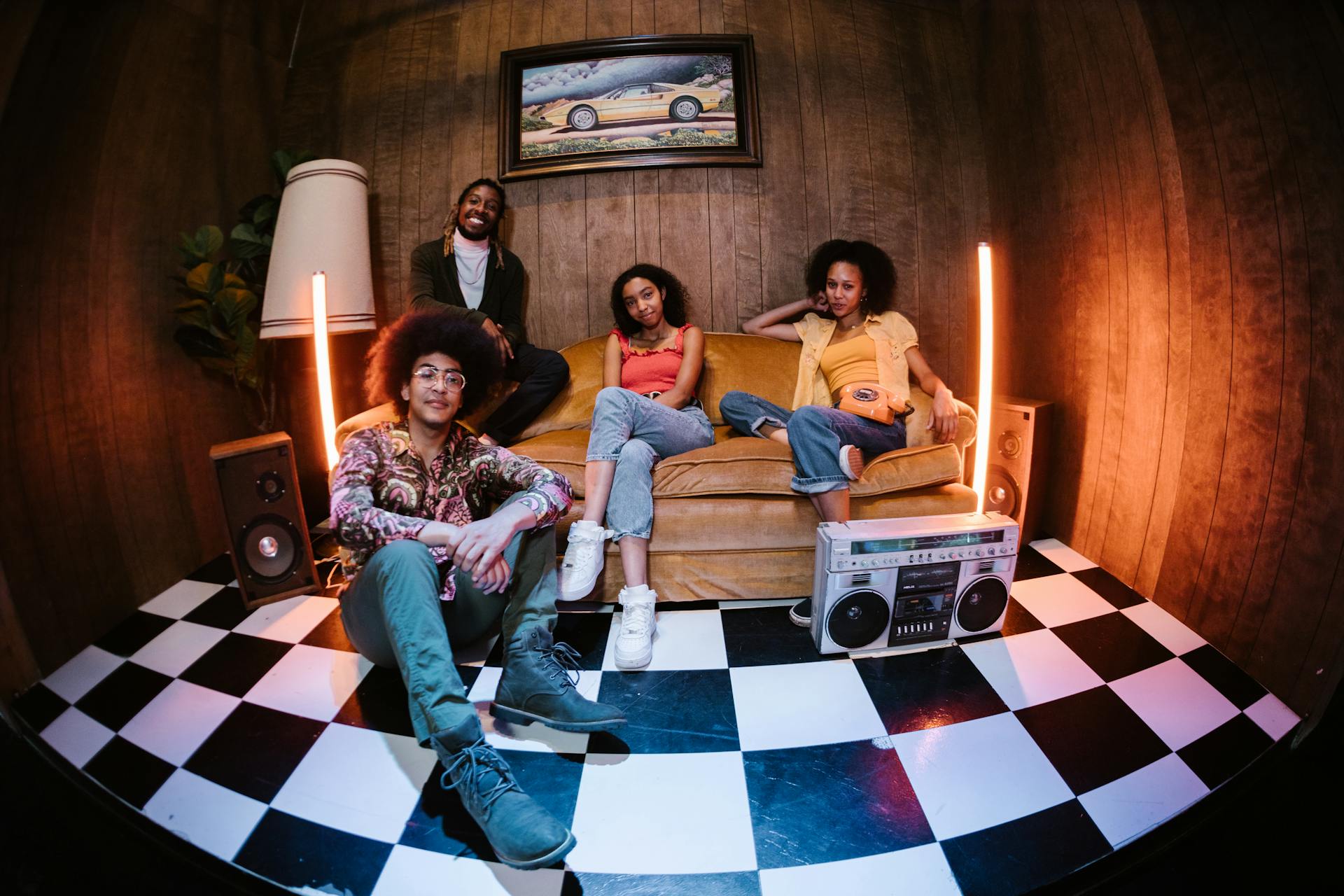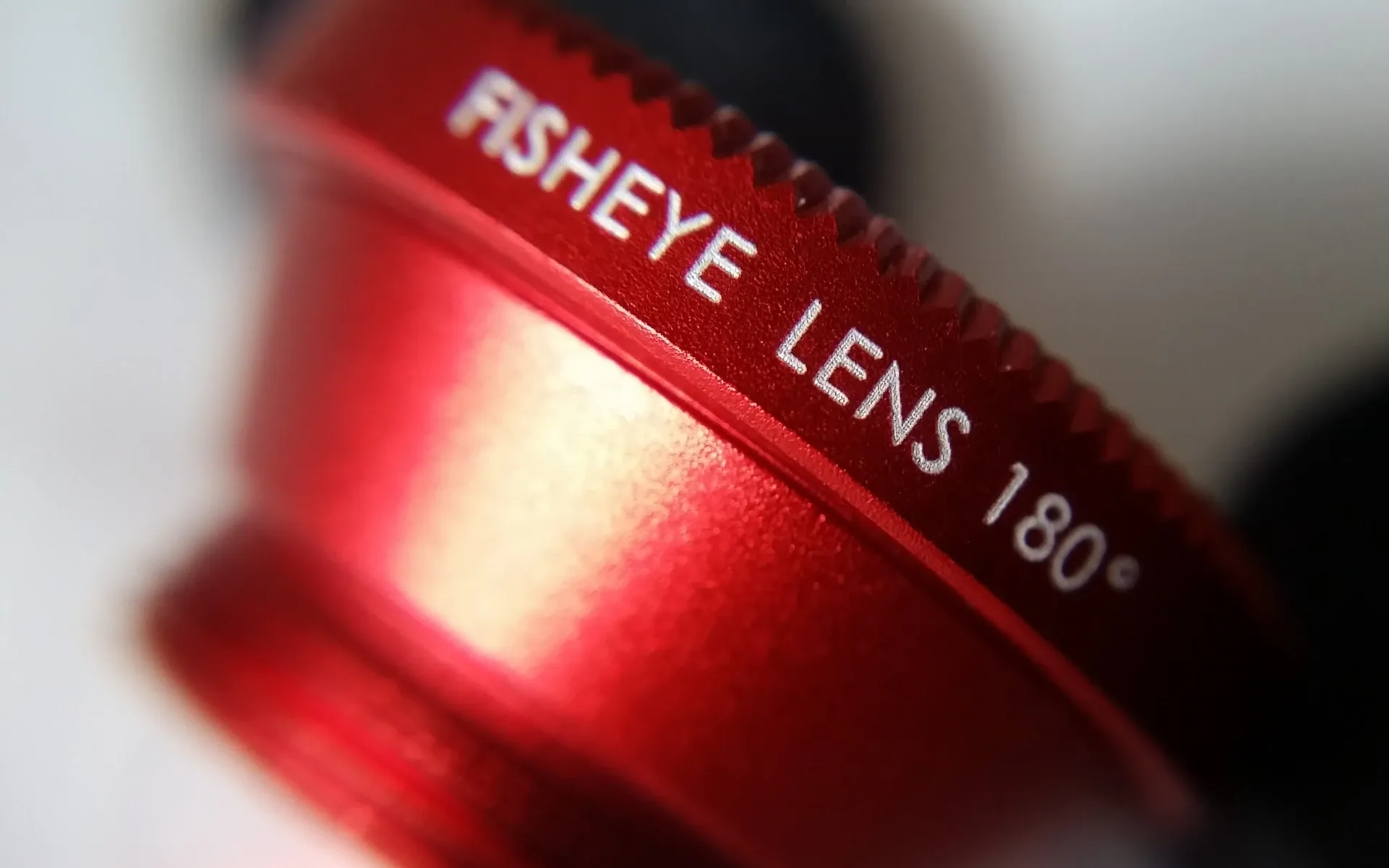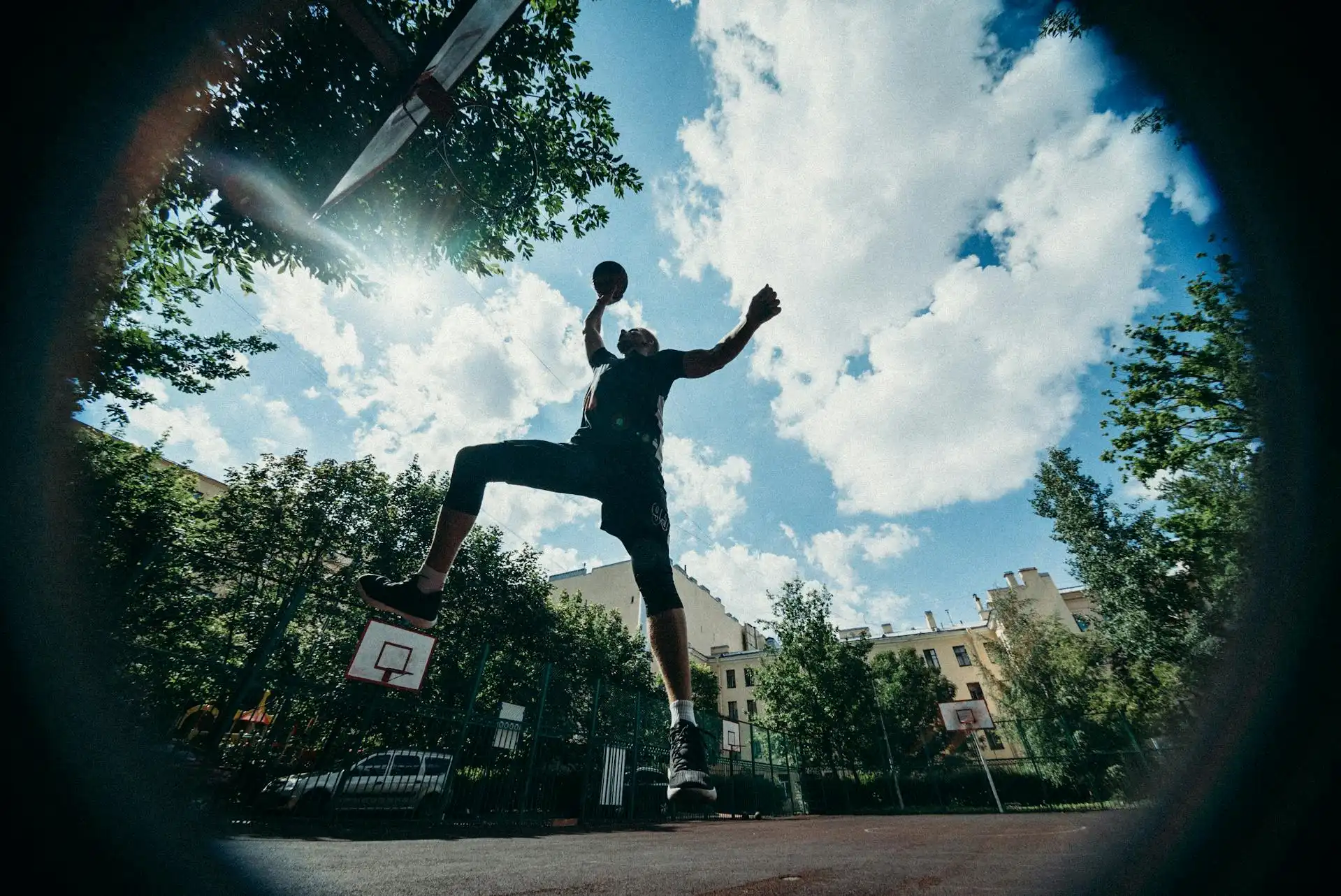What is a fisheye lens and how does it work?
Fisheye lenses give your content a surreal, larger-than-life effect. But what are they, how do they work, and what are some of the best fisheye shots out there?

You might not see fisheye shots every day, but when you catch one, you know. Fisheye lenses are one of the more unique pieces of camera equipment, giving your footage a surreal, hyper-stylized quality.
Ready to wade into the weird world of fisheye lenses? Let’s discuss:
- What is a fisheye lens?
- Who invented the fisheye lens?
- Why would you use a fisheye lens?
- How does a fisheye lens work?
- At what point does a lens become fisheye?
- Does the iPhone have a fisheye lens?
- What are the disadvantages of a fisheye lens?
- What are the best fisheye shots?
What is a fisheye lens?
A fisheye lens is a camera lens used to capture wide wide angles, often ranging between 180 and 280 degrees. For this reason, they’re sometimes called ‘super-wide’, ‘ultra-wide’, or curvilinear lenses.
These spherical, unnatural angles lead to distorted and bent imagery, which filmmakers use to hammer home a specific vibe: ridiculous, bizarre, uncanny. If used to highlight landscape, a fisheye lens offers a panoramic, if not entirely realistic, view.

Who invented the fisheye lens?
The fisheye lens goes way back, before Hollywood opened its doors. In 1906, the physicist Robert W. Wood was messing around with a pinhole camera, a bucket of water, some mirrored glass, and light. He wanted to see what life looked like through the eyes of a fish — we’ve all been there.
If you’ve never chatted to a goldfish or sea bass, they see things at a steeper angle than us, taking in the world at 180 degrees from both sides. That’s why Wood called his contraption a fisheye lens.
Following the lens’ birth, Wood patented a host of inventions, from circus-style gimmicks to a disk that calculates the age of stars. Other scientists and inventors ran with this idea from the 1910s onward, developing the fields of meteorology and astronomy. Eventually, the ultra-wide fisheye lens made its way into consumers’ hands, most notably via Nikon in the 1960s and ‘70s.

Why would you use a fisheye lens?
In a word, fisheye lens photography looks cool. It just does. It’s highly stylized and doesn’t work in every situation, but when it hits? It’s magic. That’s why so many music videos and skate compilations used fisheye lenses in the ‘90s. It presented the content in a unique, strange way, making potentially generic shots feel dynamic, bringing viewers closer to the action.
As we touched on, not every shot will work through a fisheye lens — it would probably ruin your favorite episodes of Friends or Only Murders in the Building.
Need some music to soundtrack your fisheye compositions? We’ve got you covered. Check out our catalog of more than 50,000 tracks and 200,000 unique sound effects and variations— we’re sure you’ll find what you need.

How does a fisheye lens work?
There are two main kinds of fisheye lens: full-frame and circular. A fisheye lens drinks in 180 degrees or more of coverage, using special mapping to take a 3D image and bend it into a 2D version.
Full-frame fisheye lenses fill the entire frame, whereas their circular counterparts project that 180-degree (or more) angle as a circle in the center of the frame. Full-frame lenses are easier to work with, but the public are more familiar with circular fisheye shots.
Circular fisheye shots were popular in ‘90s music videos, but remain in rude health to this day. Take a look at the album cover below. You know it. That dropped in 2019, and is one of the most well-known fisheye shots out there.
At what point does a lens become fisheye?
So, what’s the difference between a wide-angle and fisheye lens? Generally, a wide-angle lens is any lens with an aperture between 24mm and 16mm. Anything below 16mm is considered super-wide and will start stretching your footage. Once you get to 8mm, you’ll find the 180-degree fisheye angle you’re looking for.
Does the iPhone have a fisheye lens?
If you’re an iPhone user who’d like to experiment with a fisheye lens effect or filter before cracking open the wallet, you’re in luck. Try the FishEyeVideo Square app — it’s free to download and use, offering nine different fisheye lens effects.
Want something more tactile? No worries — you can pick up a cheap-ish fisheye iPhone lens for just over $10 on Amazon. You won’t achieve the same results as a professional fisheye camera lens, but these little gadgets are convenient for strapping onto your iPhone and experiencing the fisheye vibe.
If you have more cash to spare, you could try Motion, Apple’s own video editing software. It’ll set you back $49.99, but it’s a great software in its own right, and includes a handy fisheye filter.

What are the disadvantages of a fisheye lens?
Fisheye lenses are popular for a reason, but do they have any downsides? Short answer: not really. If you’ve plotted fisheye footage into your shot list and it suits the aesthetic of your content, you’ve got nothing to worry about.
But if you’re shooting fisheye on the fly? It could be tricky, for the reasons we’ve outlined — it might just be too weird. That said, if it matches the mood, you could score some out-there B-roll.
What are the best fisheye shots?
Now that we’ve covered what a fisheye lens is, where it comes from, and why it’s used, let’s wrap up with three elite-tier examples of fisheye lenses in action.
Francis Bourgeois
You might know Francis Bourgeois as ‘the train guy’. The British content creator shot to fame during the UK’s COVID lockdown, during which he went trainspotting with a fisheye GoPro strapped to his head.
The result? Unnecessarily strange interactions between Bourgeois and rail staff, his excitement intensified by the extreme close-up framed by the fisheye. His TikTok account went viral, and he’s since enjoyed a modeling career, book deal, and a picnic with Joe Jonas.
@francis.bourgeois Quite unusual to bump into Percy Pig, a British icon. This year, we’re celebrating 30 years of Percy Pig and I want to make sure it’s a great day for him! (AD)
♬ original sound - Francis Bourgeois
Yorgos Lanthimos – Poor Things
Yorgos Lanthimos loves a good fisheye. The Greek filmmaker’s work is littered with them — his Oscar-winning 2023 movie, Poor Things, is a great example. The fisheye lens adds a distorted, dreamlike quality to the film. If you’ve seen it, that’s, um, more than appropriate.
TLC – No Scrubs
No Scrubs, no notes. Perfection.
Love them or loathe them, fisheye lenses make your content stand out. They give your shots that extra jolt of electricity, the push they might need to convey a particular point.
Another way to do that is with music. After all, the soundtrack can make or break your content — why let one needle-drop derail your project? Epidemic Sound’s got you covered.
Our catalog is high-quality, affordable, and safe. An Epidemic Sound subscription goes beyond royalty-free music, removing the headache of licensing and freeing you up to do what you do best. You can enjoy the safety of our license hand-in-hand with our massive catalog of 50,000 tracks, covering just about every genre you can think of. You’ll also gain unlimited access to our advanced search functions — finding the right sound’s never been easier.
It’s better than royalty-free. It’s worry-free. Get started with Epidemic Sound below.

Are you a filmmaker? We've got you covered with background music for videos, including:
Take your video editing to the next level with our massive catalog of music for filmmakers.

